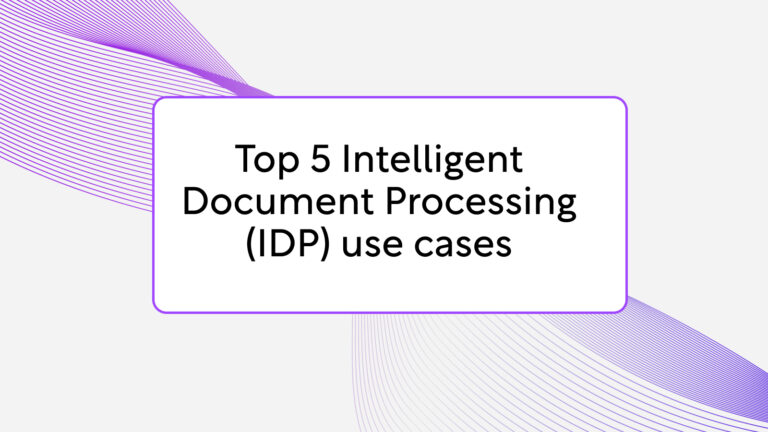According to the Economist, content is doubling every 90 days and 80 % of the content used by knowledge workers for core revenue generation activities, is unstructured content. Approximately 60% of the average employee’s day is spent working on an organization’s unstructured content.
The explosive growth of unstructured content is becoming a big challenge for many organizations especially those using (multiple) legacy systems to store content. Since digital transformation is currently happening at light speed, the traditional ECM systems struggle more to cope with this level of growth due to their inability to scale.
At ProcessMaker IDP, we believe that organizations dealing with large volumes of unstructured content should not only consider this as a challenge, but should also realize that this can serve as an opportunity to gain competitive advantage.
A Content Management solution is a powerful tool that is able to unleash the full potential of unstructured data if designed according to the modern business requirements.
Our research reviles 4 features that are crucial for a modern Content Management Solution:
- Artificial Intelligence\Machine Learning
- Usability
- Scalability
- Flexible deployment models (on-promise, cloud, hybrid)
Now let’s dive into each of them.
Artificial Intelligence/Machine Learning
Organizations create and store lots of content but often know too little about what it represents. To give it a real meaning, effort is needed in advance. Classification of content is time-consuming and expensive when done manually. With the use of Artificial Intelligence/Machine Learning this can be done much faster and often more accurate. This also helps to be more predictive and accurate in the way content is delivered to knowledge workers in the organization.
By adding cognitive capabilities, we offer intelligent solutions, which we call Intelligent Content management, for unlocking the true value of your content.
Usability
For users to be productive, usability in a secure environment is the key factor when designing a good user interface. Simplicity and ease of use are what they prefer in private life and expect the same in professional environment.
Focus on usability will become even more important considering 75% of the workforce will be millennials by 2020, and this new generation is not known for their high tolerance of cumbersome and lacking features, as they are used to working with fast technology solutions.
Scalability
With the on-going growth of content volumes, scalability is something to take into account. It is also important to be informed about how scalability is implemented since this can heavily impact license fees, maintenance and support costs.
Most traditional ECM solutions are monolithic systems and only support an ‘all or nothing’ scale approach resulting in scaling the complete solution instead of a specific platform service.
Solutions with a microservices based architecture and support for modern container deployment are a good starting point to deal with the required scalability.
Flexible deployment model (On-premise, Cloud, Hybrid)
Depending on the situation and experience organizations require their Content Management solution to be deployed on-premise, fully in the cloud or prefer a hybrid setup (combination of on-premise and cloud).
A recent survey conducted by Forrester Consulting for ASG Technologies unveiled that while enterprise content management today is predominantly deployed on-premises, within the next two years, 90% of organizations will be using cloud-based content management systems, either as a primary or hybrid approach.
To deal with different situations and be future-proof, a Content Management solution should support all three deployment models.
It is important that the solution itself is deployment agnostic e.g. behaves the same and offers the same functionality in all three deployment models. When this is not the case, adaption could be difficult and past investments turn out not to be future-proof.
Ending Notes
Content Management solutions are becoming more robust every year, trying to keep up with the new demands and needs of the end users.
While we designed ProcessMaker IDP, we’ve looked ahead anticipating what the users might need to succeed at work. After months of research and development we are convinced that we discovered the secret formula of a modern Content Management solution. In order to meet current business requirements it should be user friendly, scalable, empowered by AI and offer flexible deployment models.





